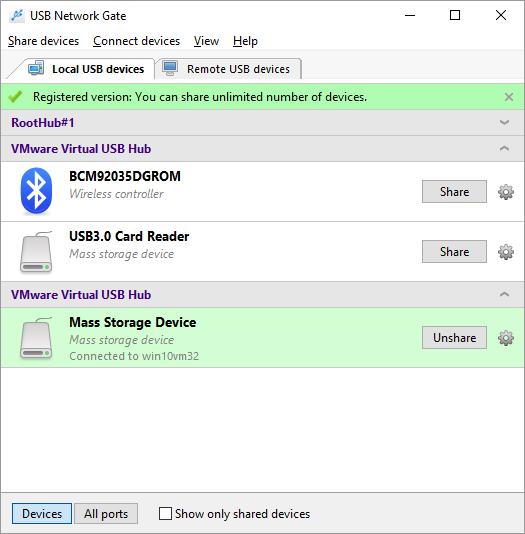

- #Microsoft remote desktop ports how to
- #Microsoft remote desktop ports full
- #Microsoft remote desktop ports windows 10
- #Microsoft remote desktop ports windows
#Microsoft remote desktop ports windows
You can query a shadow connections history on a user computer from the Windows event logs. Also, you can show a pop-up notification on the desktop. In this example, we’re notifying the user with a simple beep. You can run this PowerShell script as a Windows service. If (Get-Process -Name "RdpSa" -ErrorAction Silentl圜ontinue) You can notify a user that someone is remotely connecting to their session via an RDP shadow connection by using the following PowerShell script:
#Microsoft remote desktop ports windows 10
Let’s remotely request the list of sessions on Windows 10 workstation using this command: Let’s display a list of user sessions on a remote computer (it can be a desktop computer running Windows 11/10 or Windows Server with the Remote Desktop Services Host role). Now you need to find out the username and his session ID on the remote computer (if the user works directly at the computer console, then his session ID will always be 1). /noConsentPrompt – don’t prompt the user for confirmation to connect to a desktop session.you won’t be able to control a user’s mouse or enter data from the keyboard If the parameter is not set, you will be connected to a user session in a view mode, i.

#Microsoft remote desktop ports how to
Let’s look at how to remotely connect to another user’s desktop session on a remote Windows computer using the Remote Desktop shadow connection. Remotely Connect to a User Session via Remote Desktop Shadowing You can enable Windows Defender rules on user computers through a GPO or by using the Enable-NetFirewallRule PowerShell cmdlet. The last rule allows remote access to the RdpSa.exe process. To allow incoming shadow connection traffic, you must enable two pre-defined firewall rules in Windows: File and Printer Sharing (SMB-In) and Remote Desktop - Shadow (TCP-In). The following ports are used for session shadowing traffic in Windows, instead of the standard 3389/RDP port: 139/TCP, 445/TCP, and a range of dynamic RPC ports (from 49152 to 65535). Configure Windows Defender Firewall rules to allow incoming remote shadow connections.
#Microsoft remote desktop ports full
In this example, we set mode 4, which allows the remote session to be viewed without the user’s permission: reg add "HKEY_LOCAL_MACHINE\SOFTWARE\Policies\Microsoft\Windows NT\Terminal Services" /v Shadow /t REG_DWORD /d 4īy default, this registry parameter is not set and the shadow connection is performed in full control mode with user confirmation. Edit the registry manually or with the reg add command. You can enable the desired shadow connection mode directly through the registry.The following 5 modes are available: 0 – disable shadow remote control Ģ - full control without user’s permission Ĥ - view session without user’s permission You can configure shadow connection mode through the GPO option Set rules for remote control of Remote Desktop Services user sessions (Computer Configuration -> Administrative Templates -> Windows components -> Remote Desktop Services -> Remote Session Host -> Connections). You can configure whether you need to request the user confirmation to connect and whether view or control is allowed in the shadow session. Your account must have local administrator permissions on the user’s computer (you can add the user to the ‘Administrators’ group manually or using Group Policies).Enable Remote Desktop (RDP) on user computers (manually or via GPO).You need to configure the Windows computers you want to connect to via the remote desktop shadow connection in a certain way. Enable Remote Desktop Shadow Connection Mode in Windows Remote Desktop Session Shadowing is often used by administrators to provide remote tech support to RDS users of Windows Server farms.


 0 kommentar(er)
0 kommentar(er)
